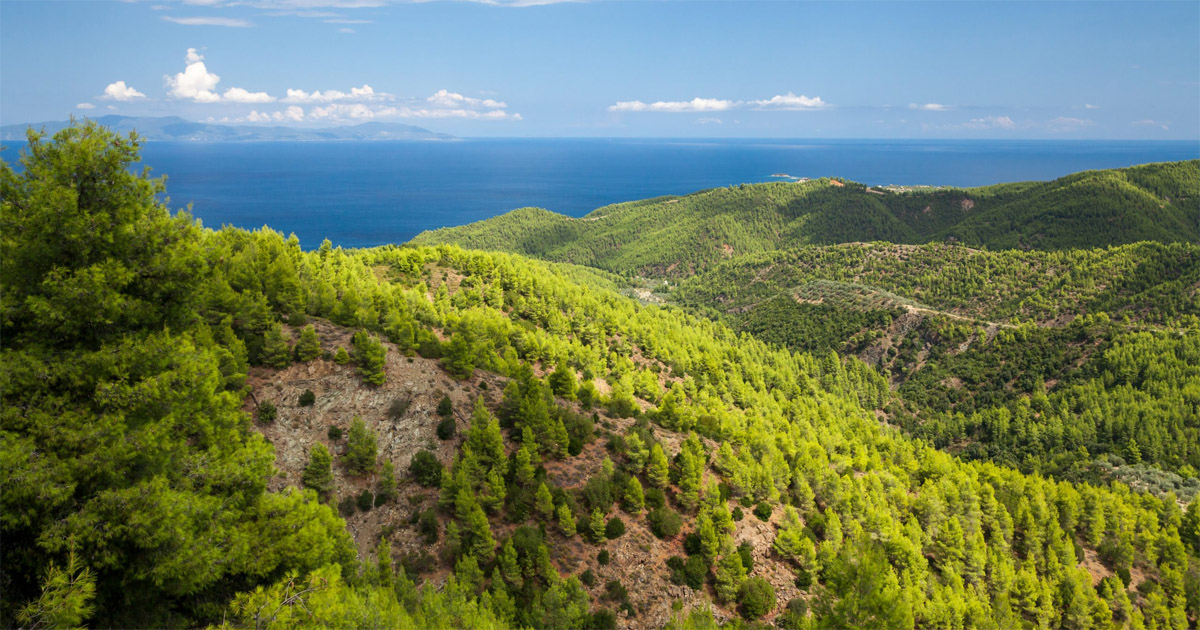For decades, mangrove forests have been under tremendous pressure due to deforestation and conversion. To sustainably manage the mangroves that remain, an ecosystem approach to management is essential. Two different management regimes – conservation and restoration – were assessed, looking at their respective effects on forest structure and carbon cycling capacity, when compared with degraded mangrove. We found that mangrove restoration enhanced tree density, while mangrove conservation was able to maintain species diversity. In terms of carbon budgets, aboveground carbon was lower in restored mangrove (79.40 ± 37.41 Mg C ha−1) when compared with conserved mangrove (92.26 ± 22.65 Mg C ha−1), but was almost double that found in degraded mangrove (39.89 ± 27.49 Mg C ha−1). Although conserved mangrove had higher aboveground carbon, lower amounts of soil carbon were found in conserved mangrove (127.49 ± 33.21 Mg C ha−1) than in restored and degraded mangrove (236.26 ± 20.33 Mg C ha−1 and 139.17 ± 25.44 Mg C ha−1, respectively). The elevation change was highest in degraded mangrove (41.7 ± 24.0 mm yr−1), followed by restored (20.7 ± 14.6 mm yr−1) and conserved mangrove (12.2 ± 3.9 mm yr−1). Carbon burial in conserved mangrove (1.20 ± 1.90 Mg C ha−2 yr−1) was double that of degraded mangrove (0.63 ± 0.60 Mg C ha−2 yr−1). Ultimately, we conclude that although a conserved mangrove is not always the end result of mangrove restoration and sustainable management, finding balance between structural development and ecosystem function is essential to serve different objectives, including biodiversity maintenance.
Download:
DOI:
https://doi.org/10.1016/j.ecss.2021.107467
Altmetric score:
Dimensions Citation Count:

Publication year
2021
Authors
Hanggara, B.B.; Murdiyarso, D.; Ginting, Y.R.S.; Widha, Y.L.; Panjaitan, G.Y.; Lubis, A.A.
Language
English
Keywords
biodiversity, carbon, carbon sinks, isotopes, mangroves, carbon cycle, sedimentation, ecosystem management
Geographic
Indonesia
























